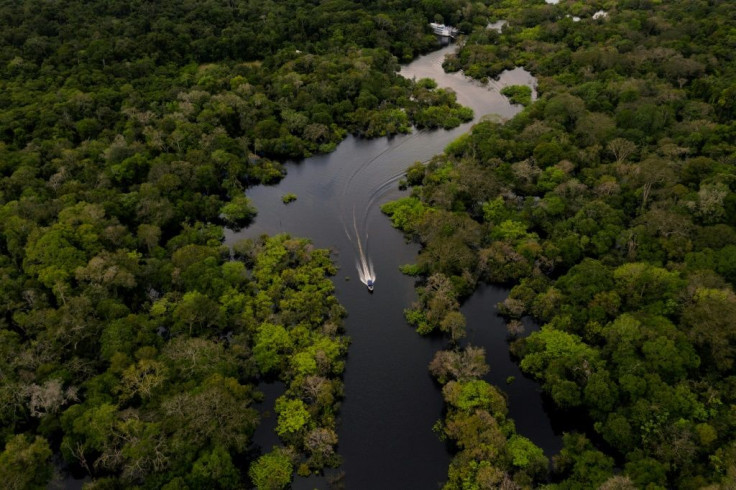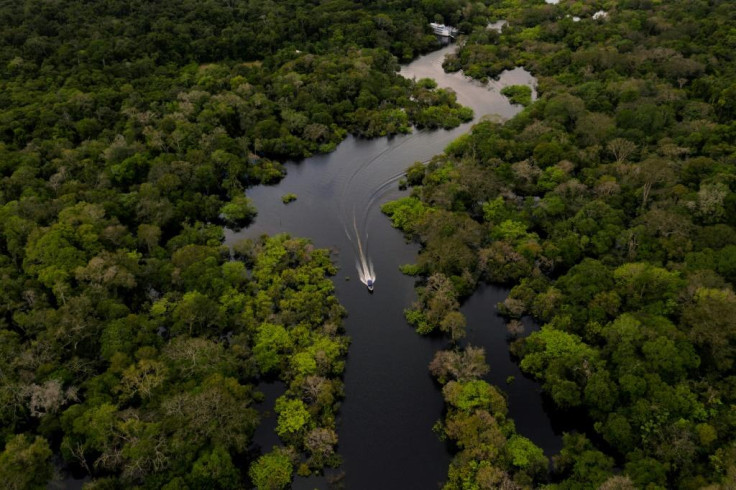Translucent 'Vampire Fish' May Be More 'Complex' Than Previously Thought

There is only "limited" information available on the ecology of Amazonian vampire fish. Researchers of a new study have found that these creatures may be more complex than previously thought.
Vandellinae catfishes are fish parasites. Regionally known as the "candiru," they are scaleless, translucent, eel-like fish that's just about an inch long and can be found in the Amazon River region, the researchers noted in their study, published in the journal Acta Ichthyologica et Piscatoria.
As a parasitic fish species, they survive by attaching themselves to other fish, typically in the gill cavities, and sucking the blood of their host. This is how they got the common name "Amazonian vampire fish," the researchers noted in a blog post.
However, during a study of freshwater fish fauna at a lake in the Demeni River Basin, the researchers noticed something rather odd about the candirus that were attached to Amazonian thorny catfish – they weren't attached to the hosts' gills. Instead, they observed a total of 20 candirus in the Paracanthopoma genus on the outside of nine host bodies, rather close to the lateral bone plates.
When they analyzed the stomach contents of the specimens, they did not find coagulated blood, mucus or skin, suggesting that their relationship is actually more "benign."
According to the researchers, it's possible that "in this case," the relationship between the candirus and their hosts might be "commensalistic" rather than parasitic. In a commensalistic relationship, an organism benefits from another without causing it any harm, the researchers noted in the blog.
As the candirus didn't get their food from the host, it was possible that they were attached to the much bigger Amazonian thorny catfish to get protection from other predators, the researchers noted. An image shared by the team shows how difficult it is to spot the translucent candirus when they are attached to the fish.
"In addition to feeding and protection, riding on the host can greatly extend the movement capabilities of small candirus," the researchers wrote.
It's also possible that they are using the bigger fish to travel longer distances.
Overall, the researchers found that the relationship between vampire fishes and their hosts is not as simple as it may seem.
"Thus, the interaction of vampire fish with the host catfish may be more complex than previously understood," the researchers wrote.

Photo: AFP / Florence GOISNARD






